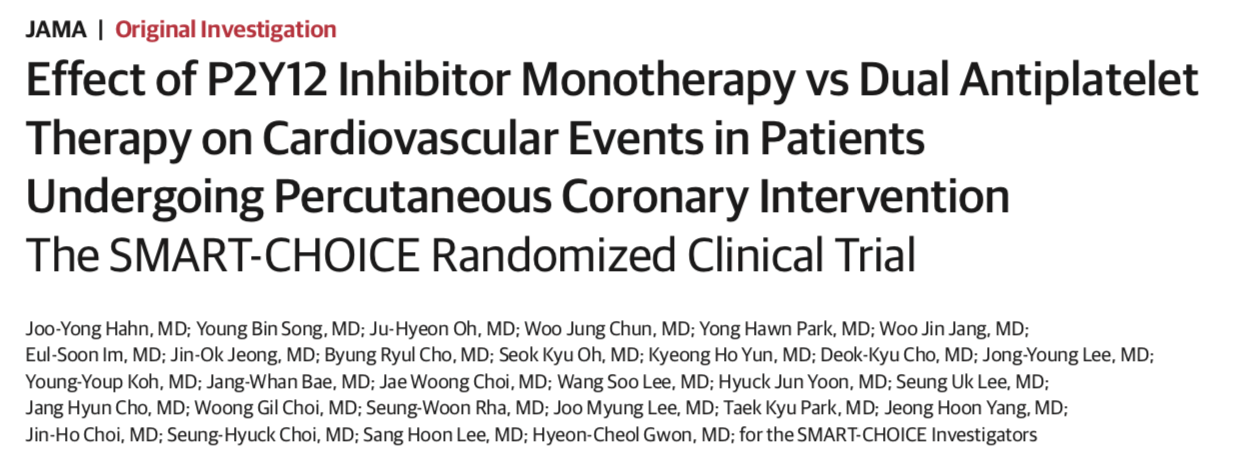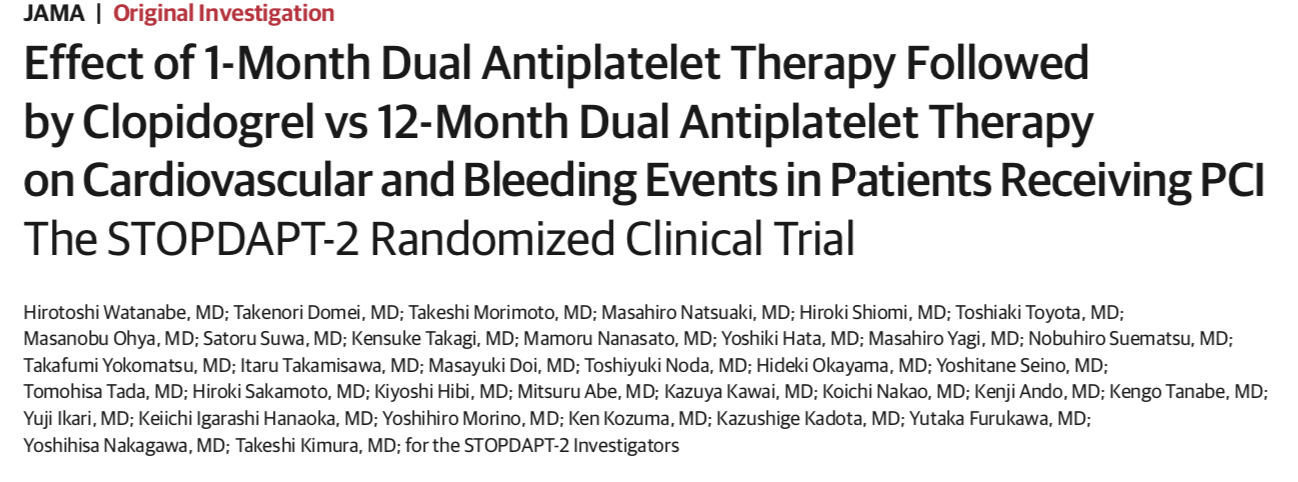
Coronary stenting has revolutionised the treatment of heart disease. Lakhs of patients destined for CABG surgery are now tackled with a percutaneous technique that does not need general anaesthesia, almost completely does the job of rectifying ischemia, with the patient being discharged next day or even the same day in selected cases. No amount of praise for the pioneer researchers can be enough. We have a device that cuts mortality apart from providing excellent symptomatic relief. Chest pain and breathlessness become complaints of the past as if by magic, by the insertion of a thin catheter from the wrist or the groin. The stent is a metallic mesh tube that is lined by a plastic polymer laced by a medicine that prevents restenosis of the coronary artery.We now have second generation stents that are markedly thin in size. The procedure is reasonably simple for the experienced operator. Experts in the field do not hesitate to treat complex lesions that would surely have been managed by bypass surgery in the past.
The job however is not complete with insertion of the stent. Stenting procedure has to be followed by months of anti platelet therapy, which consists of pills. The pills are invariably tablet aspirin accompanied with a P2Y12 inhibitor. The P2Y12 receptors on the surface of platelets are the glue that binds them to form a clot. There are 3 P2Y12 inhibitors in the market; clopidogrel, prasugrel and ticagrelor, all available in the Indian market.
In cricketing analogy ,once the base has been set in a one day game, someone has to consolidate the score by launching himself in the death overs. Bairstow and Roy have been laying down superb foundations for the English, while Stokes and Buttler do the demolition job towards the end. Dhoni has been a stunning finisher all these years, in fact he has been regarded as the best in the business. But it is becoming obvious that he no longer possesses that prowess. The ongoing World Cup has exposed his inability to ratchet up the strike rate , a strike rate of 100% or less in a World Cup semifinal would just not good enough. Good work done by Sharma and Kohli at the top has to be bolstered by a strike rate around 140-150% later on, the strike rate of course should fetch some handsome runs too.
We have to swing back to stenting. The job done by a stent is remarkable and substantial but has to be backed by anti platelet therapy. It is well known that coronary stents are susceptible to stent thrombosis, which can be fatal. Stent thrombosis (clot within the inserted stent) is never innocuous, it either leads to acute myocardial infarction (heart attack) or death. Also either new blocks remote from the stent or earlier small blocks away from the stent can rupture to trigger a heart attack. Antiplatelets are therefore administered to prevent stent thrombosis or blood clot formation subsequent to rupture of a remote plaque or block. Antiplatelet treatment consists of dual antiplatelet therapy or ‘DAPT,’ aspirin is coupled with a P2Y12 blocker. All these years clinical guidelines have advocated at least one year of DAPT therapy following insertion of a drug eluting stent (DES), and 3 months of DAPT following a bare metal stent (BMS) deployment. Mono therapy with aspirin is continued after a year of DAPT with a DES, similarly aspirin is permitted with after 3 months of DAPT with a BMS.
But there is flip side to DAPT, and this is the probability of a bleed, which can be catastrophic in an unstable or acute coronary syndrome situation. Researchers are now trying to figure out the optimal duration of DAPT that reduces ischemic events without escalating risk of bleeding. It has also been found out that prolonged DAPT increases risk of mortality.
Two large randomised trials that wrestle with optimal duration with DAPT have recently been published. Both trials are from Asia and have used the newer generation of stents. Shortening of DAPT duration should be attempted only with newer generation stents. The first trial from Korea called “SMART-WATCH” included almost 3000 patients who underwent stenting ( Xience, Promus, Synergy or Orsiro) Nearly 50% of these patients suffered form acute coronary syndrome. Half of the patients were randomised to only 3 months of DAPT ( mostly clopidogrel) followed by clopidogrel therapy ,while the other half were provided by 12 months of DAPT. At the end of one year the researchers were unable to report any difference in clinical outcome in the 2 groups. Moreover bleeding was less in the 3 month DAPT cohort. Non inferiority was established for 3 months DAPT in the composite of all cause death,MI or stroke at 12 months compared to standard 12 month duration DAPT.
The other trial “STOPDAPT-2” from Japan also enrolled 3000 patients (JAMA 2019;32(24):2414-2427). The duration of DAPT was even shorter in this trial. It was only 1 month followed by P2Y12 inhibitor mono therapy9 only (clopidogrel ) versus 12 month of DAPT in patients who had undergone coronary stunting with second generation DES. The results were similar to the Korean study in that clinical outcomes with only one month of DAPT followed by 11 months of P2Y12 blocker treatment was not inferior to 12 months of DAPT. Clinical outcomes (Death MI, stroke, stent thrombosis)were more or less similar but bleeds much less with shorter DAPT. Benfit was driven largely by significantly reduced bleeds without increased ischemic events. Xience stents were deployed in the trial. The mean SYNTAX score was around 8 only.
Meta-Analyses of randomised trials comparing short ( 6 months or less) versus prolonged DAPT (12 months), the short duration treatment had fewer bleeds without significant increase in ischemic events (Lancet 2015;385:2371-2382).How does one interpret these results? One probably has to wait for more randomised data on duration of DAPT. The 2 trials mentioned were done on Koreans and Japanese subjects and therefore the results may not be applicable to South Asians or European. The ‘TWILIGHT’ trial is an ongoing study with 7000 patients that is comparing one month of DAPT with ticagleror followed by 11 months of ticagrelor to 12 month of standard DAPT in a Western population of acute coronary syndrome. The results of this large trial will provide more answers.
Till then it would be prudent to restrict DAPT in patients mote likely to bleed such as the very old, those with chronic kidney disease, underweight women, and those patients with history of prior bleed. However patient with multiple stents, complex procedure or those with multiple remote blocks may need prolonged DAPT. Research is definitely needed in the Indian population. A one sized fit approach will never work, an individualised approach is mandatory., especially keeping in mind the finding of increased non cardiac mortality by 49% in extended duration DAPT. Long term therapy is necessary when risk of preventing late stent thrombosis or myocardial infarction out weigh bleeding complication risks.


